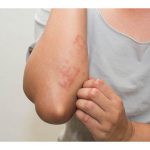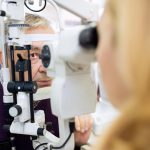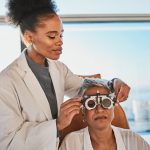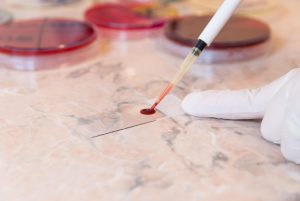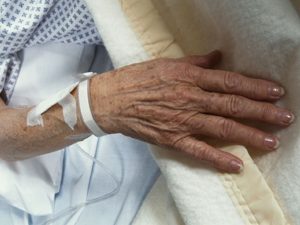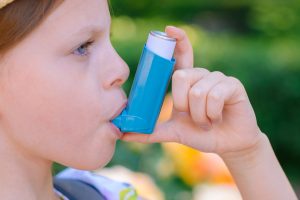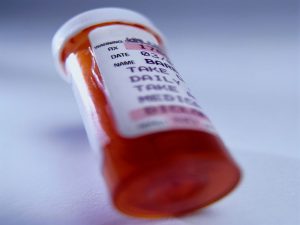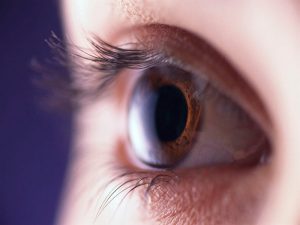
‘Young folk don’t write in cursive anymore’ is a common complaint of older folks in this keyboard-obsessed age. Now, new research suggests that kids who ignore handwriting are, in fact, missing out: By the time they reach college, their brain “connectivity” may be weaker than folks who write regularly. In a study of 36 university students, “we show that when writing by hand, brain connectivity patterns are far more elaborate than when typewriting on a keyboard,” said study co-author Audrey van der Meer, a brain researcher and professor of psychology at the Norwegian University of Science and Technology. Better neural connectivity has myriad brain benefits, she added. “Such widespread brain connectivity is known to be crucial for memory formation and for encoding new information and, therefore, is beneficial for learning,” van der Meer explained in a university news release. Her team published its findings Jan. 26 in the journal Frontiers in Psychology. In the study, the Norwegian team tracked electroencephalogram (EEG) data from the group of students who were repeatedly asked to write or type a word they saw on a screen. EEG records electrical activity in the brain. The study had the students use a digital pen to write the word in cursive on a touchscreen and a single finger to type out the word on a keyboard. EEGs recorded brain activity every five… read on > read on >










